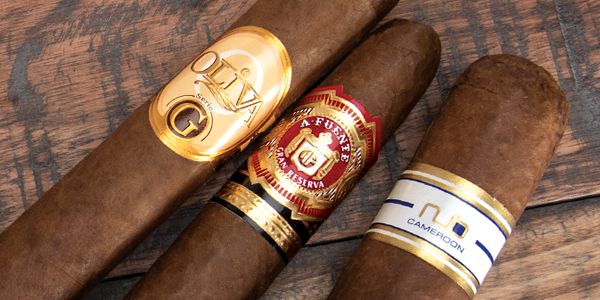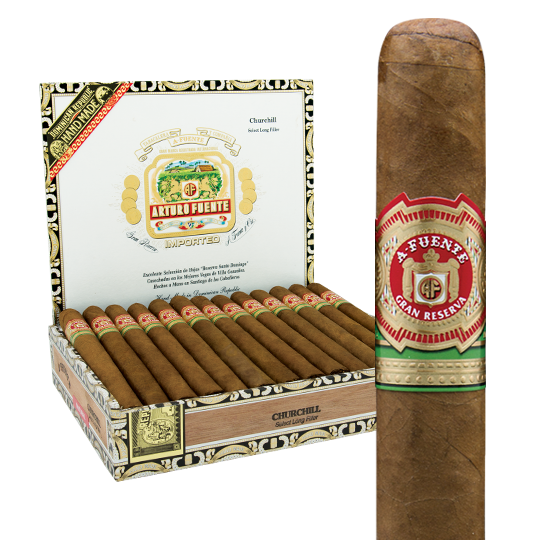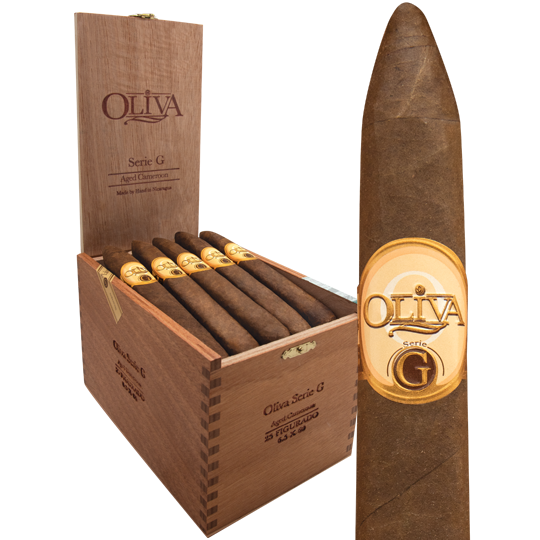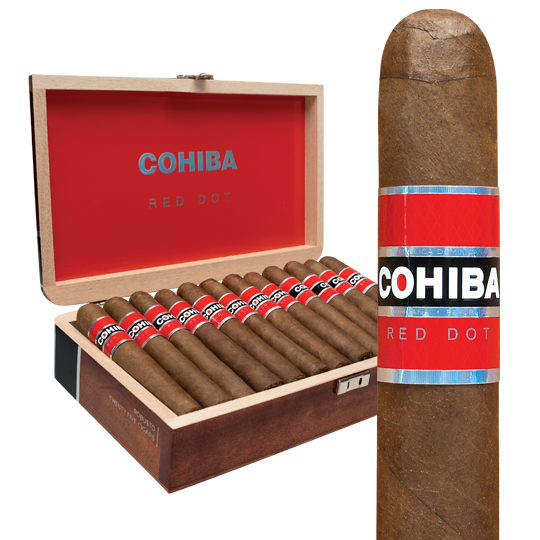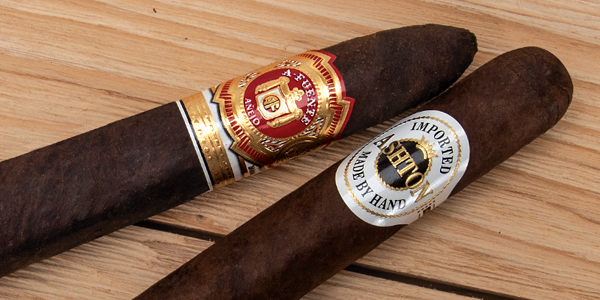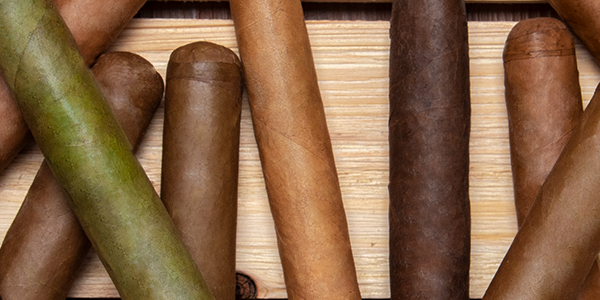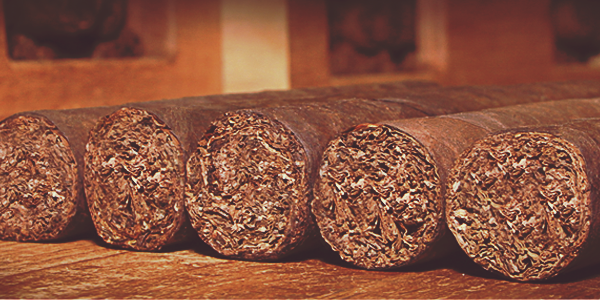All About Cameroon Cigar Wrappers
Cameroon wrappers adorn many excellent cigars. Arturo Fuente, Cohiba, H. Upmann Vintage Cameroon, Partagas, Nub Cameroon, Rocky Patel Vintage 2003, and Oliva Serie G represent easy-to-recognize brands blended with a Cameroon wrapper leaf. Why are Cameroon cigars so popular and what is the story behind this magnificent wrapper varietal?
Cameroon and the Central African Republic
In the world of premium cigars, the term “Cameroon” refers to tobacco grown in the central African nations of Cameroon and the Central African Republic. Dutch colonists originally brought Sumatra-seed tobaccos to central Africa in the early 1900s. Under French colonization, tobacco production thrived.
For many years, SEITA, the French government’s tobacco monopoly, procured and exported Cameroon tobacco from the region’s many local farmers. Although the nation of Cameroon gained its independence from France in 1960, the French maintained control of the region’s tobacco production for many years. Years of greedy price fixing and a challenging bidding process implemented under the French turned many Central American cigar-makers away from Cameroon wrappers. Perceiving less demand, the French ceased exporting tobacco from Africa in 1993.
The timing couldn’t have been worse as the Cigar Boom was about to begin. As a result, no discussion of Cameroon tobacco can occur without the mention of the Meerapfel family.
Rick Meerapfel Saves Cameroon Tobacco
Cameroon tobacco could easily have become a footnote in cigar history were it not for the drive and determination of one man committed to making great cigars with the region’s tobacco: Rick Meerapfel. For decades Meerapfel’s family purchased generous amounts of Cameroon tobacco from SEITA through their Brussels-based M. Meerapfel & Söhne company. When the French elected to pull out in the early 1990s, tobacco production in central Africa would have collapsed. Meerapfel refused to let that happen.
Rick went into the unstable war-torn region and created CETAC (Compagnie d’Exploitation des Tabacs Centrafricains), a private company between the Meerapfel family and local Africans committed to growing and exporting tobacco. Despite the meddling of corrupt government officials, hostile uprisings among warring tribes, and the difficulty of securing equipment and supplies in remote areas with little to no infrastructure, Rick’s perseverance won out. Locals considered him a hero for the business he brought to the region.
Sadly, Rick passed away of a sudden heart attack in 2003 at the age of 52, devastating his family and many close friends in the cigar world. At the time of his passing, CETAC employed roughly 5,000 workers. His sons, Jeremiah and Joshua, continue running the company today and honoring their father’s legacy. Thanks to the Meerapfel family, Cameroon wrappers continue to grace dozens of top-rated cigars made for Arturo Fuente and many other Cuban-legacy brands.
Sink Your “Tooth” into Cameroon Tobacco
Tiny pockets of oil develop on some types of tobacco. The condition is referred to as “tooth.” The small pockets look almost like goosebumps on the leaf. They harbor flavor and are considered desirable. Referring to a cigar’s wrapper leaf as “toothy” is paying a compliment. Cameroon wrappers are the toothiest of all varieties. Connecticut Broadleaf and Sumatra wrappers are also known to exhibit tooth. Toothy wrappers deliver an enhanced sweetness.
Cameroon wrappers are also known for their delicacy, especially in comparison to other wrapper varietals like San Andrés or Ecuador Habano. They are not well-suited for aggressive fermentation, but it is their elegance which many cigar-makers desire. Cameroon tobaccos produce copious amounts of flavor without excessive levels of intensity. Notes of cinnamon, baking spices, cedar, cocoa, and nuts are common in Cameroon cigars and often accompany a pleasant balance of sweetness and pepper.
Classic Cameroon Cigars to Smoke
#1 - Arturo Fuente
Hands down, Arturo Fuente leads the world in production of Cameroon-wrapped cigars. Legendary cigar-maker Carlito Fuente procures more Cameroon tobacco than any other brand owner. Three core Fuente blends are drafted with Cameroon wrappers, including the classic Arturo Fuente Gran Reserva, Arturo Fuente Hemingway, and Arturo Fuente Don Carlos. Because the Fuente family possesses such vast stores of Cameroon tobacco, the wrapper can also be found on a handful of ultra-rare limited edition smokes like Cigar Aficionado’s ‘#1 Cigar of the Year’ for 2017, the 97-rated Arturo Fuente Don Carlos Eye of the Shark.
#2 - Oliva Serie G
Oliva Serie G comes from the award-winning Oliva brand with a pair of Cuban-seed Nicaraguan long-fillers gently tucked under a gingerbread-hued Cameroon leaf. The blend is handmade in Estelí, Nicaragua, for a great value. Leather, nuts, and spices characterize the profile in five classic shapes for a great value.
#3 - Cohiba
If you’re curious about Cuban-legacy cigars, Cohiba is an obvious place to start. The original blend, often called the “Red Dot” Cohiba due to the design on its band, is rolled with a Cameroon wrapper. Beneath is a blend of all-Dominican binder and filler tobaccos. The blend is available in a handful of classic shapes, although the prices are a touch high, edging above the $20-per-cigar range.
#4 - Nub Cameroon
Fans of ultra-fat cigars can’t deny the short squatty shape of the Nub brand. Nub Cameroon is one the most popular blends with a 92-rated medium-bodied recipe of Nicaraguan tobaccos and a woody and sweet Cameroon wrapper leaf. Nub cigars are handcrafted at the award-winning Oliva factory in Estelí, Nicaragua.
#5 - CAO Cameroon
CAO Cameroon has been around north of a decade. The box-pressed blend is medium-bodied with notes of wood, cocoa, and coffee beans. CAO Cameroon is handmade in Estelí, Nicaragua, from a well-assembled array of Nicaragua tobaccos and a medium-brown Cameroon leaf.

